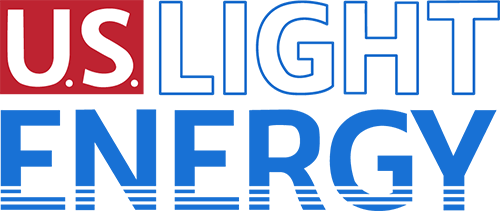
Continued Growth in Innovative Solar Technology
Unsurprisingly, the solar industry is seeing incredible technological advancements capable of providing more accessibility and efficiency. Two of these innovations are perovskite solar cells and bifacial modules. Perovskite solar cells comprise halide perovskites, a material group that yields high performance and low production costs. While they only showed an increase of 3% efficiency in 2009, perovskite solar cells have catapulted to a whopping 25% efficiency today!
What if you could harness the sun’s power on both sides of a solar panel? That’s exactly what bifacial modules can do. Bifacial solar panels have an extra surface area on the backside, making them much more efficient than their traditional counterparts. Greater accessibility and efficiency will help solar power expand to new industries and communities nationwide in 2024.
Advances in Solar Energy Storage Solutions
As we increase our ability to capture sunlight more efficiently, solar energy storage solutions need to keep pace. While lithium-ion batteries have been the mainstay for holding anywhere from four to eight hours of energy storage, they simply won’t be enough for the future of solar energy. Gratefully, remarkable progress is taking place in enhanced battery technologies and storage systems. Two examples include zinc-based batteries and iron-based batteries.
Zinc-based Batteries
Zinc-based batteries have much longer storage capacities and offer a low degradation rate, making them last for twenty years—around a life cycle to solar arrays. These aqueous-based batteries are non-flammable and can handle various temperatures without heating or cooling.
Iron-based Batteries
Iron-based battery systems are built with active components that are cheap, safe, and easy to find. With great grid reliability, iron-based batteries can hold approximately one hundred hours of storage. Iron-based batteries can make a big difference when weather systems disrupt power grids.
The Rise of Community Solar
Community solar projects are growing nationwide thanks to continued legislative interest in embracing sustainable energy. States like New York are committed to increasing renewable energy production to 100% by 2030. Solar farms allow anyone with a utility account to participate in clean, renewable energy. That means users don’t have to invest a cent into installing solar equipment on the premises. In 2024, the increased development of community solar farms will allow energy consumers to reduce their dependency on centralized power from large power plants and complex grid infrastructures. When you decentralize energy, communities, and individuals can have more control over the production and consumption of energy. Solar energy can be used and stored locally, alleviating the burden on centralized power stations.
Continued Policy Support and Incentives
Climate change is here, and world leaders are racing against time to do all they can to reduce our dependency on fossil fuels. COP28, the annual United Nations climate meeting, recently concluded, and nearly every country in the world has agreed to transition away from fossil fuels. Not only are fossil fuel supplies limited, they are also destroying our environment in countless ways. On the other hand, solar energy produces zero pollution while supplying clean, renewable energy. 2024 will see an increase in sustainable practices. Many communities can enjoy incentives, such as tax credits and rebates, to install solar panels.
Artificial Intelligence (AI) Integration
AI is everywhere, including in the solar industry. Innovations in AI algorithms are being utilized to optimize the positioning of solar arrays, calculate energy production, and increase solar energy system efficiency. AI-driven technologies can also streamline the installation of solar projects to meet budget demands and support the long-term management of those projects.
AI and Community Sentiment
An important factor in developing solar projects is determining the interests of individuals, communities, and businesses. Community sentiment encompasses the opinions, feelings, and concerns of developing solar locally. There are AI tools that can be used to help gauge community sentiment before installation even begins. AI solar sentiment tools cultivate a wide range of data, such as social media conversations, online forums, and news articles, to gain valuable insight into the minds of the community on solar development. When solar developers know they have support for their solar projects, it minimizes obstacles to seeing it through to completion.
Based in New York, U.S. Light Energy is a distributed generation energy development company specializing in Community Solar facilities and renewable energy solutions. Whether you’re interested in leasing your land for solar development or looking to develop a solar farm for your business or community, we can help! We have over thirty years of Solar PV, Energy Industry, and Real Estate Development experience, and we understand what it takes to create a successful distributed generation project. Interested in learning more? Contact our team of solar professionals today! US Light Energy is leading the charge for a new generation.
